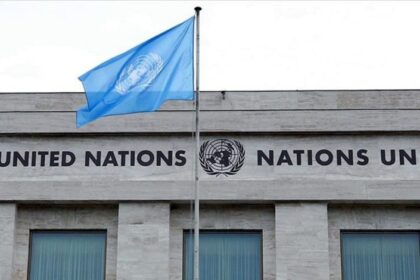RASC News Agency: By 2024, over half of Afghanistan’s population will require humanitarian aid. The complex humanitarian crisis in Afghanistan is among the most enduring and severe, with millions of Afghanistanis suffering from the consequences of four decades of conflict, poverty, recurrent disasters, and economic stagnation.
Since the Taliban’s takeover in August 2021, political transition, economic contraction, and a decrease in donor financial aid have heightened risks and needs at the local level. Particularly affected are girls and women, who face restrictions imposed by the Taliban that limit their access to services and participation in public life.
The Afghanistan Humanitarian Needs and Response Plan (HRP) 2024, a document aimed at providing a shared understanding of the crisis and identifying the most critical humanitarian needs, outlines priorities identified by Afghanistanis. Communities have highlighted the need for food as the primary concern, in addition to health services, education, and Water, Sanitation, and Hygiene (WASH) services. Nearly half of the households emphasized the importance of livelihood support.
Afghanistan faces a high risk of disasters due to its geographical location, environmental degradation, climate change, and low levels of socio-economic development. Recurrent natural disasters include floods, earthquakes, avalanches, landslides, and droughts. In May 2024, the northern and western regions of the country experienced repeated flooding, resulting in loss of life, destruction of livelihoods, and displacement.






